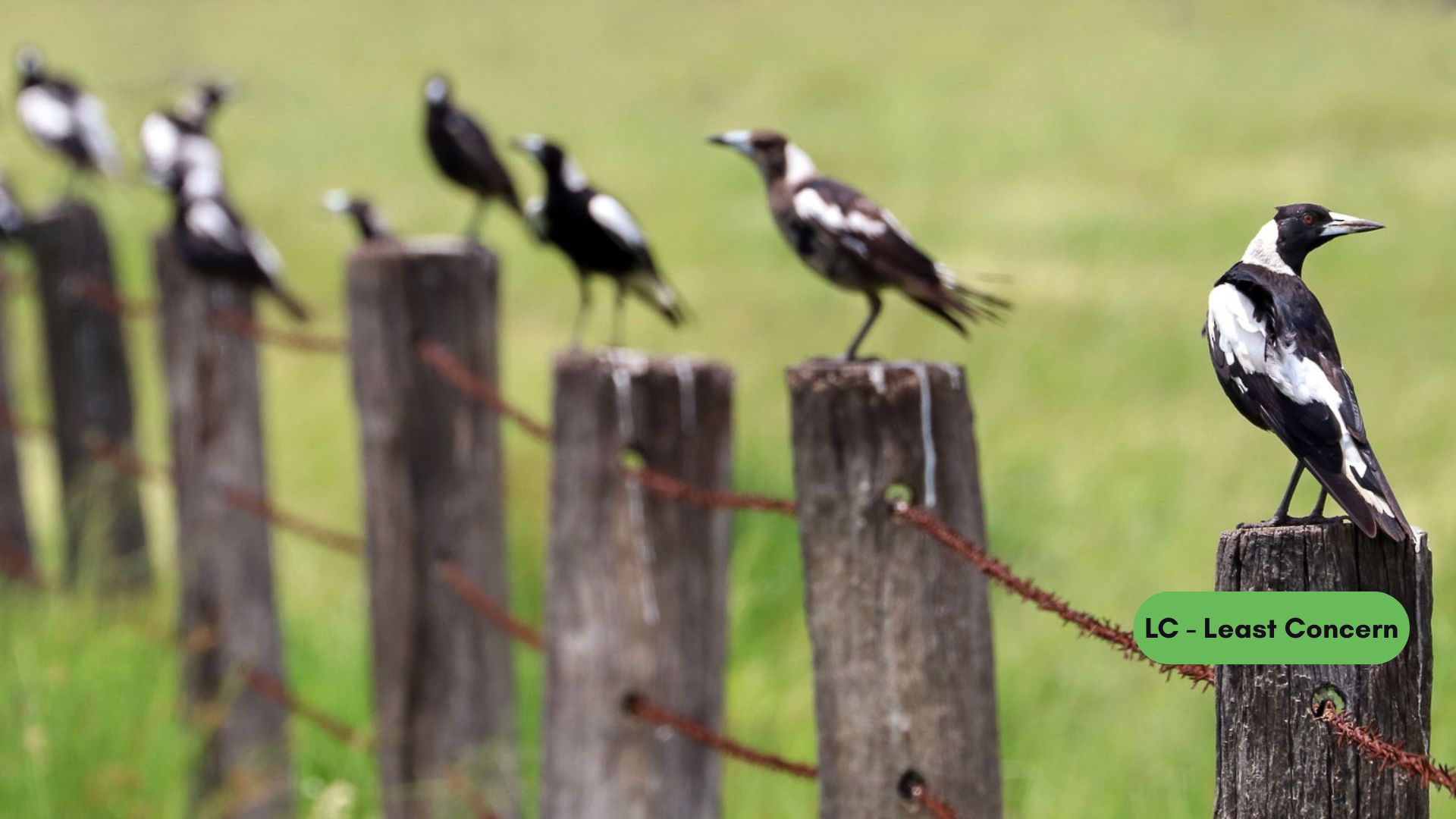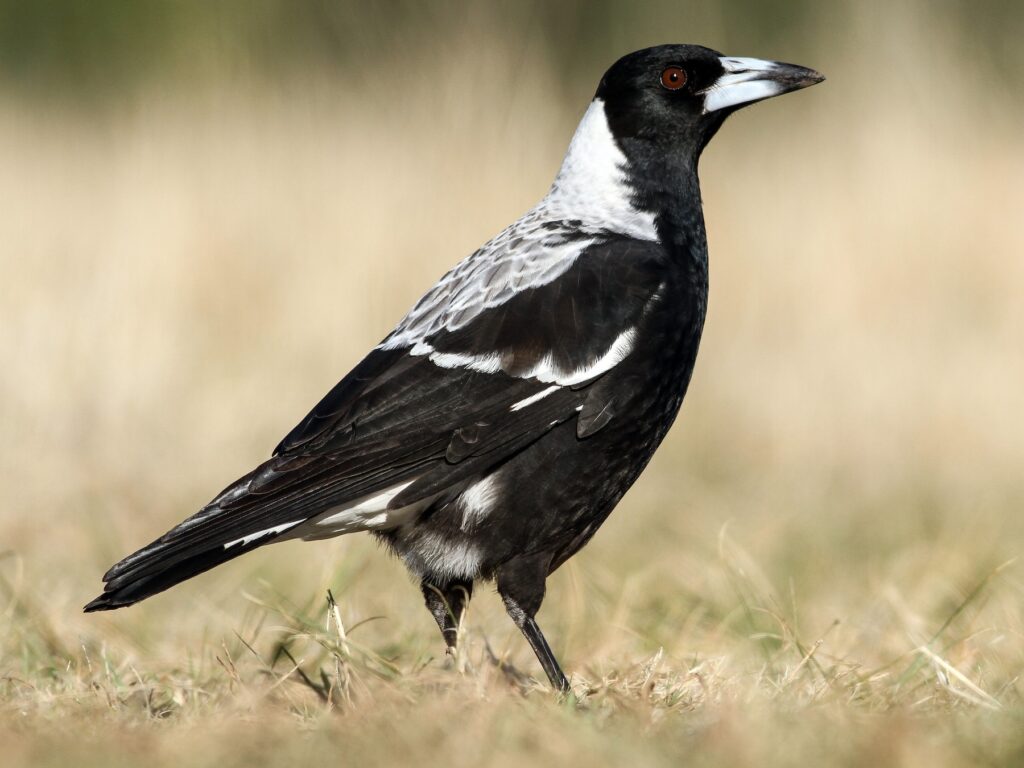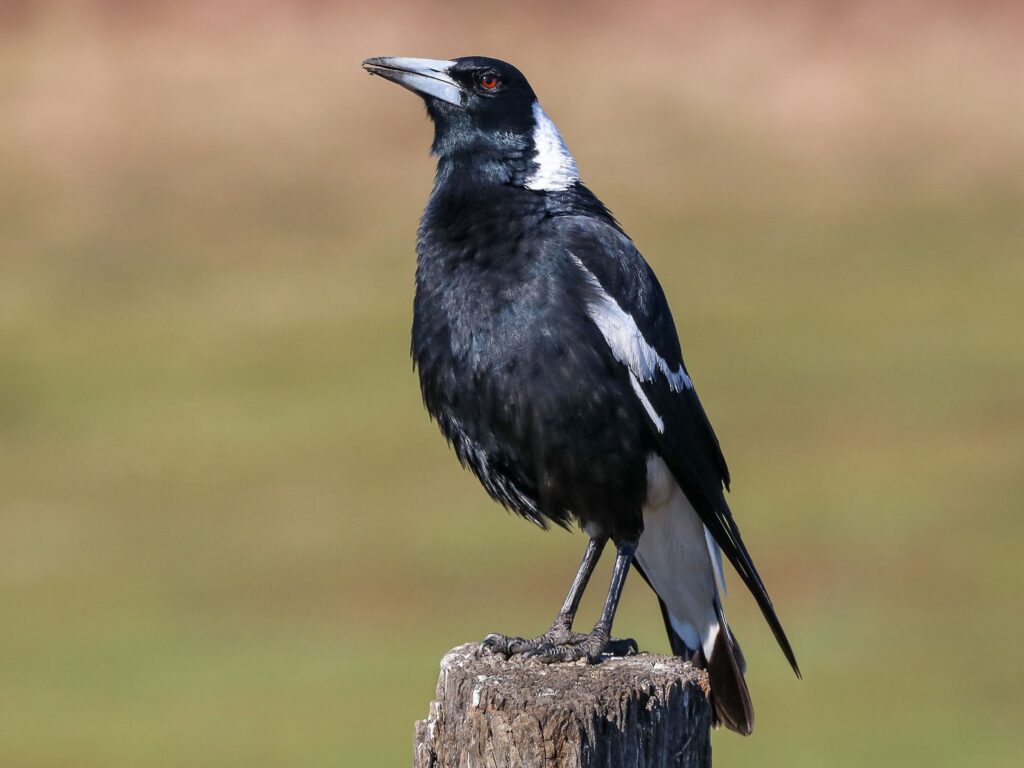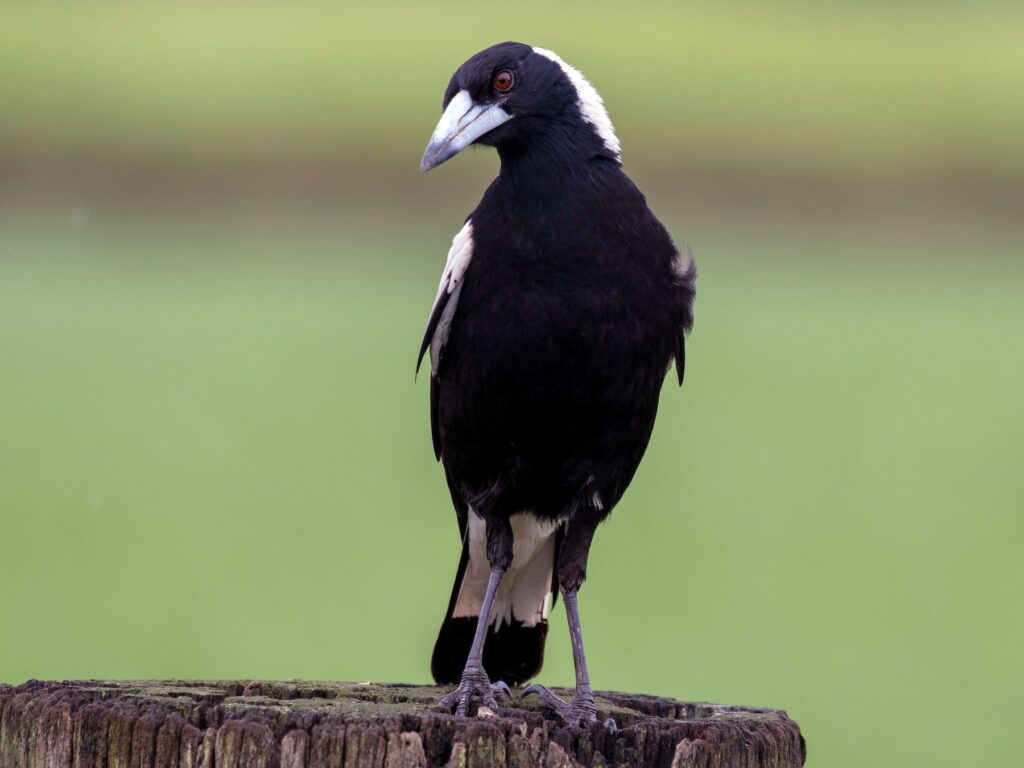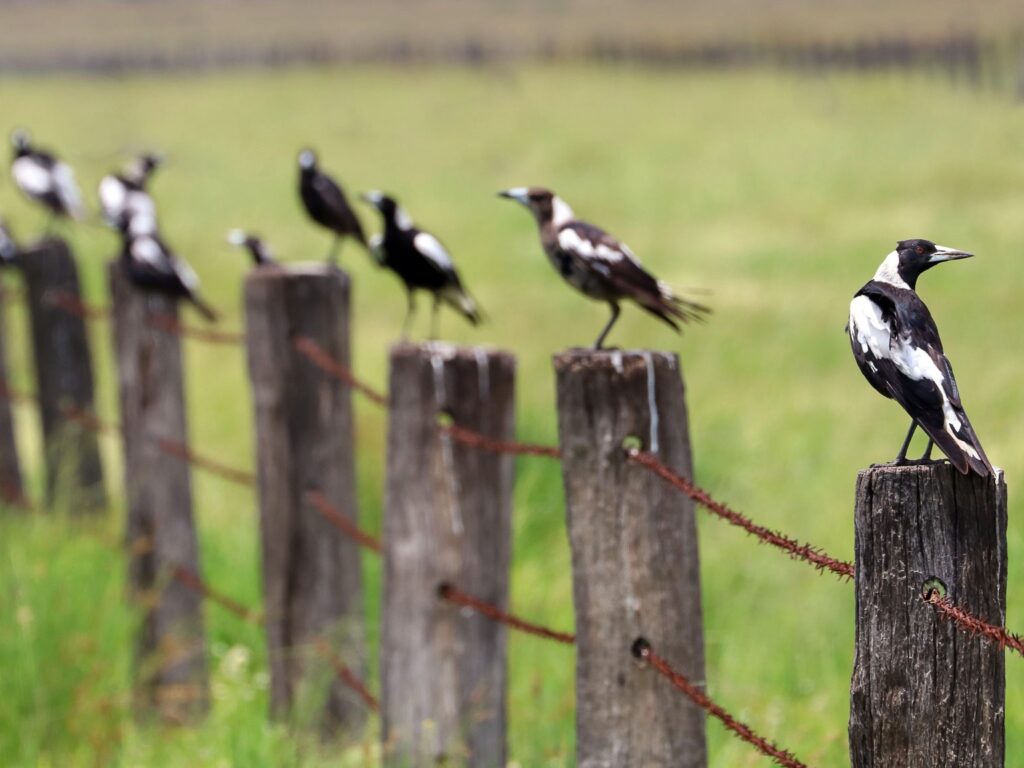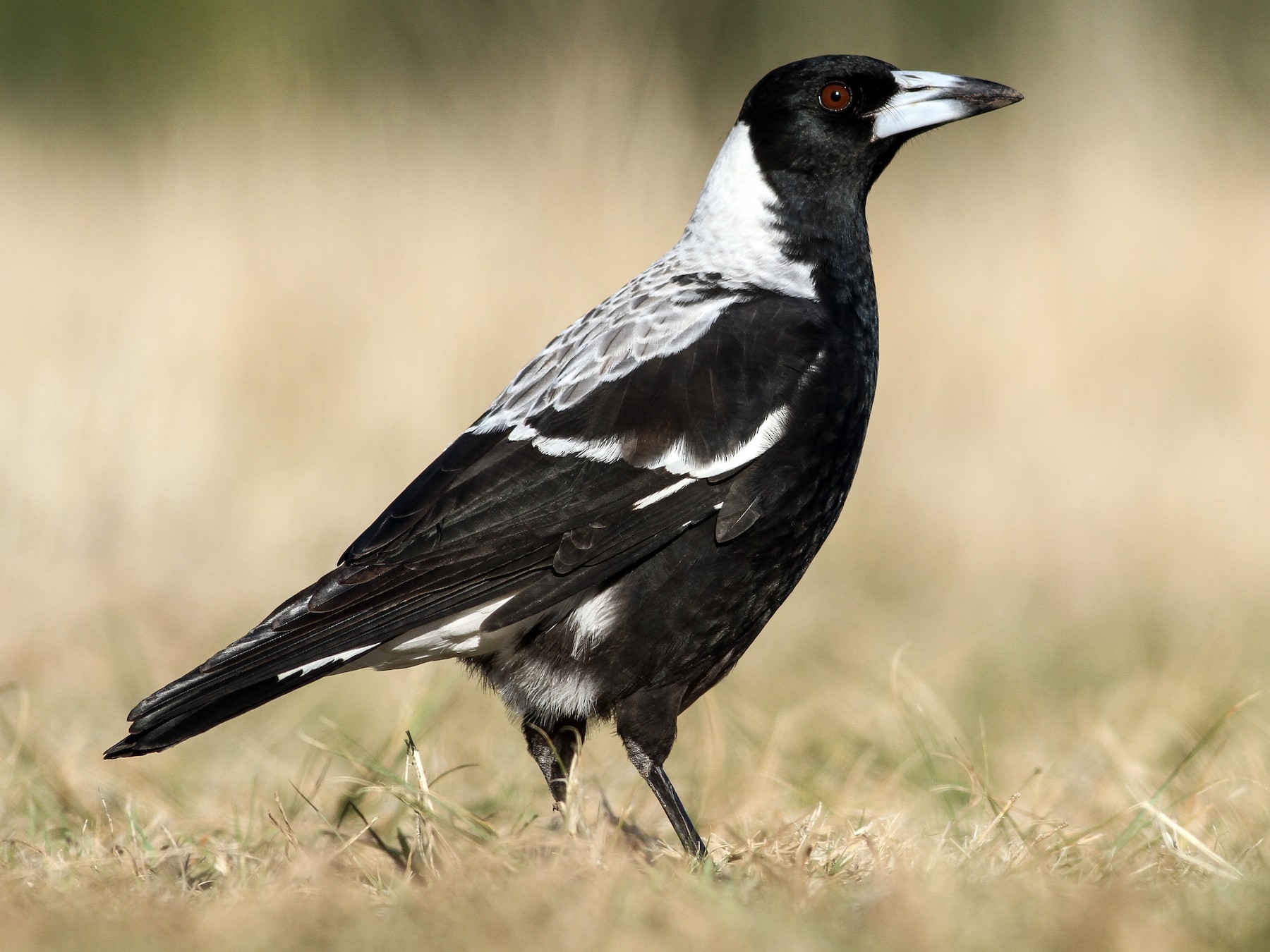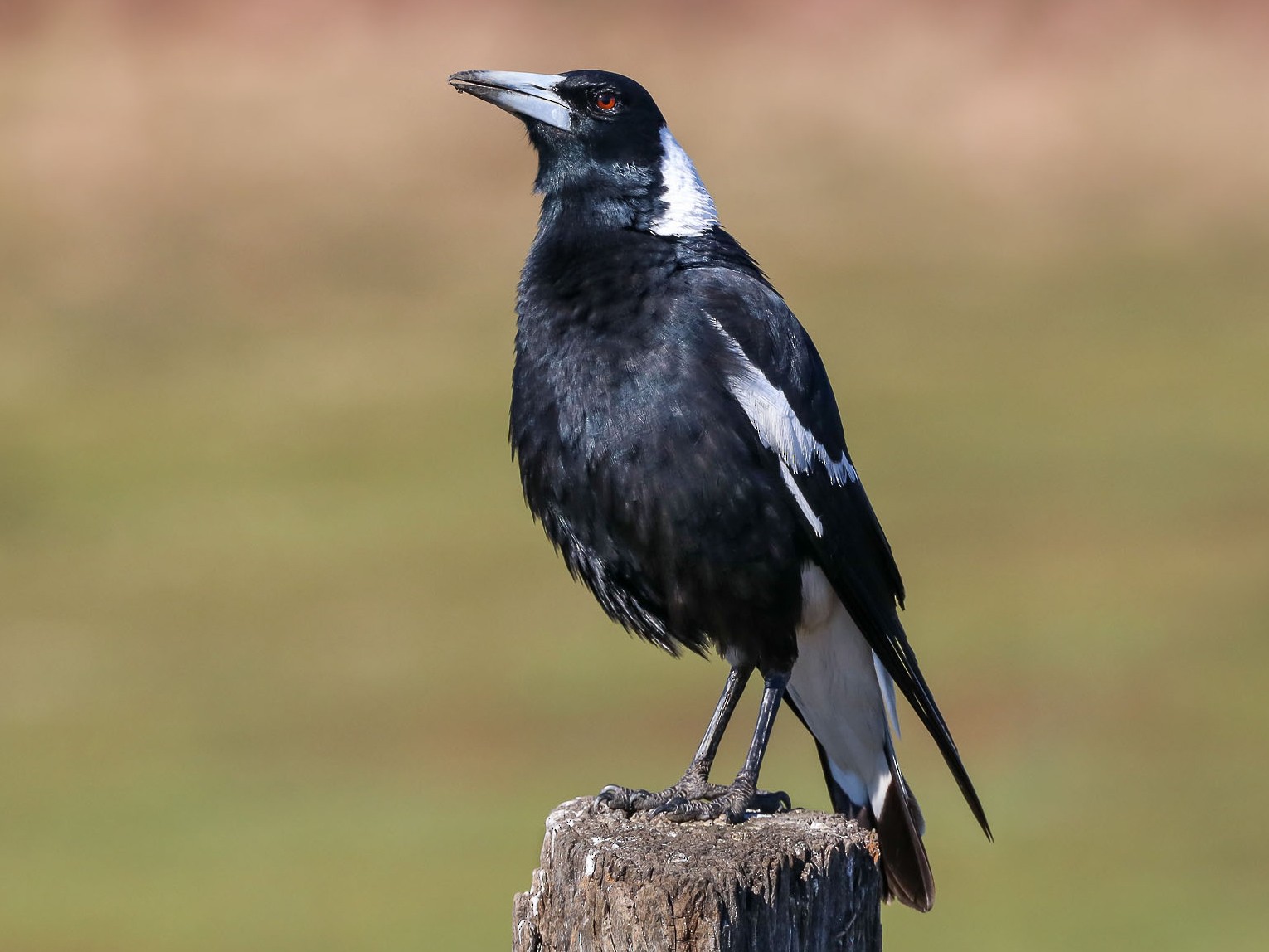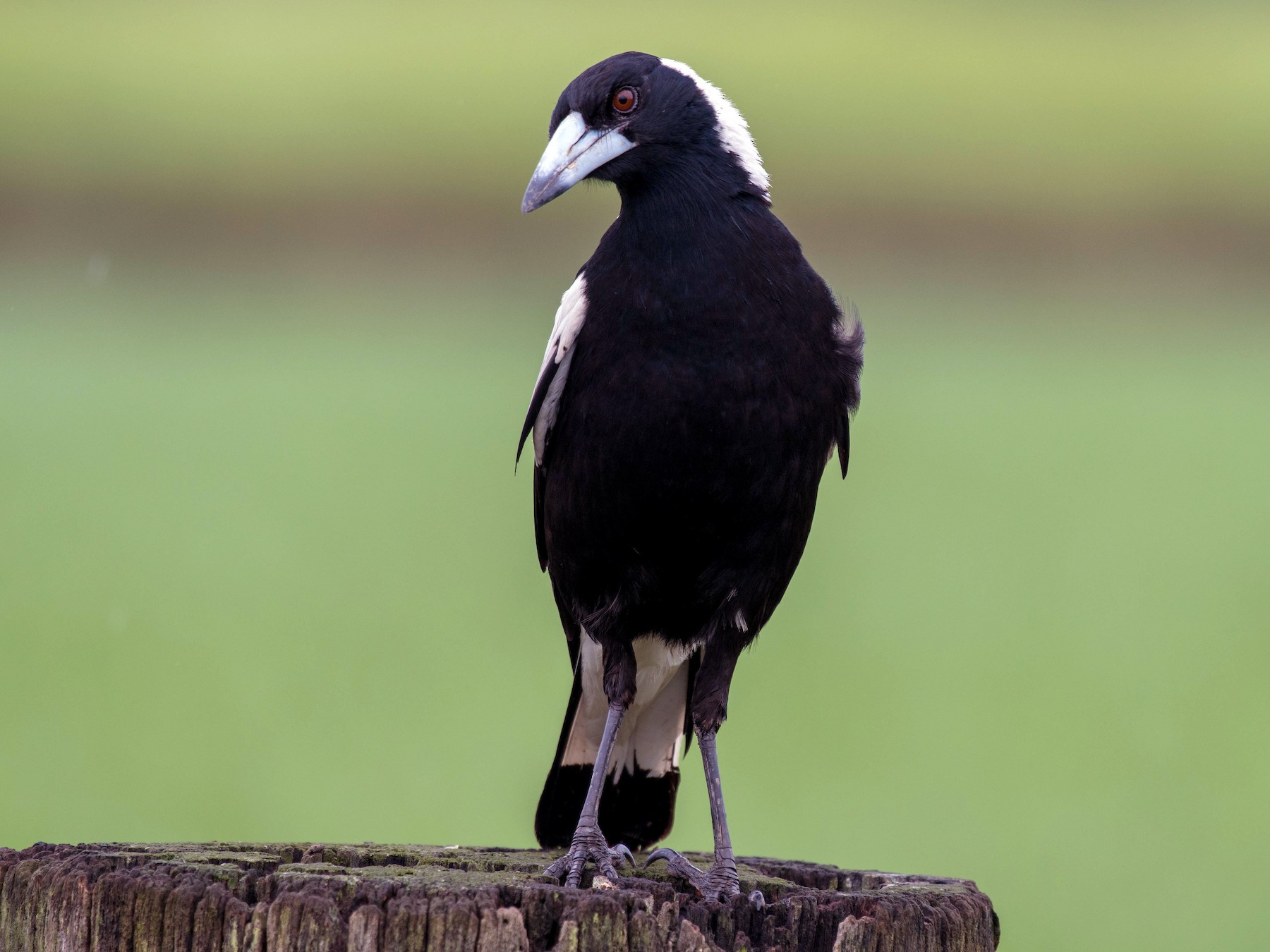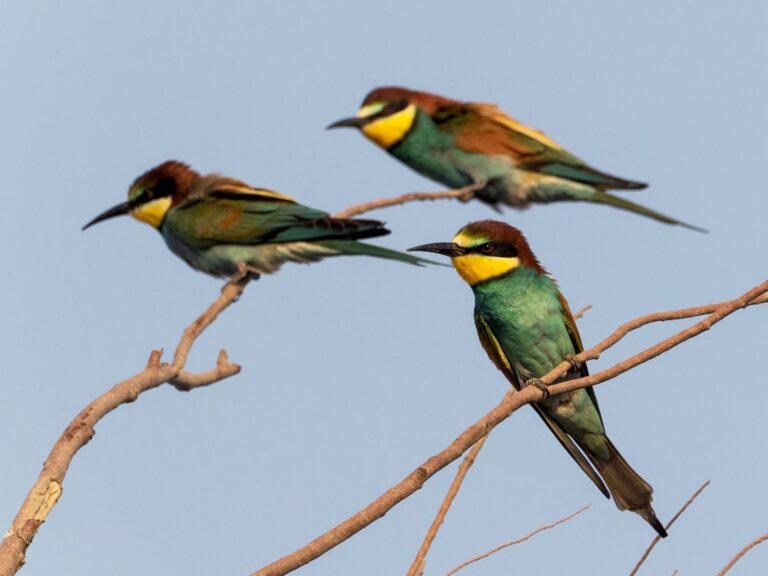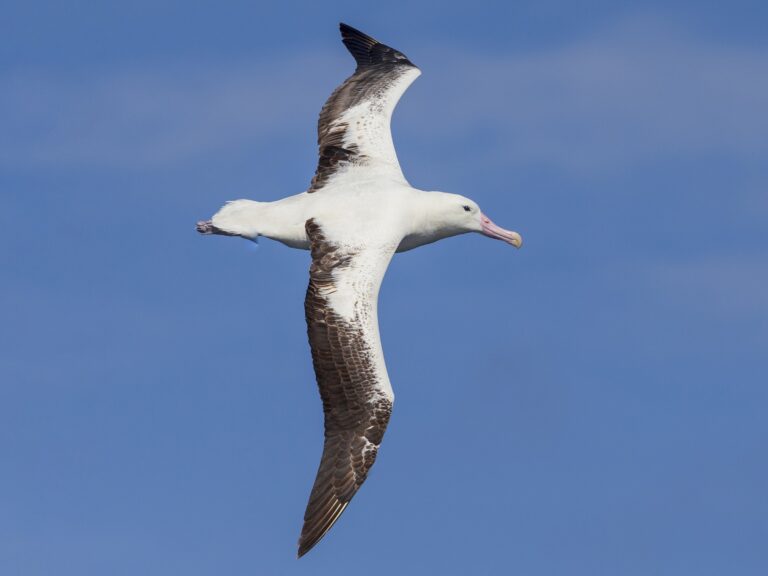Australian Magpie Facts: What Makes These Birds So Remarkable
The Australian magpie is a striking black and white bird found mainly in Australia and parts of New Guinea. It is well known for its sharp intelligence, complex social behavior, and territorial nature, especially during breeding season when it can swoop to defend its area.
This behavior makes it one of the most recognizable and sometimes controversial birds in its range. Magpies live in groups that defend their territory year-round. They often cooperate in raising young and protecting food sources.
They use their loud calls and striking appearance to stay dominant in their environment. Their diet includes insects, small animals, and some plant material, showing their adaptability.
Physical Characteristics
The Australian magpie is a medium-sized bird with a distinctive look. It has clear markings and noticeable features that help identify it easily. Its size, weight, and color patterns vary slightly between males and females.
Sign Up for Our Monthly Newsletter
Every month we send out our newsletter about interesting (and sometimes quirky) things happening in the world of birding. Give it a try!
Plumage and Coloration
The magpie’s plumage is mostly black and white. Adult males have white on the nape, upper tail, and shoulders.
Females show grey in these areas instead of pure white. The rest of the body is primarily black across most of Australia.
Both sexes have gold-brown eyes that stand out against the dark feathers. The black and white pattern is sharp and contrasts well, making the bird easy to recognize even from a distance.
Color patterns vary in some subspecies, with some showing different white or grey markings. However, the typical black and white look is the most common across the species’ range.
Size and Weight
The Australian magpie measures between 37 to 43 centimeters (about 14.5 to 17 inches) in length. This size makes it similar to a crow or a large pigeon. The bird’s weight ranges from 200 to 350 grams. Males are usually heavier and slightly larger than females.
The size difference is not dramatic but can be noticed on close observation. Its medium size helps it to be agile on the ground and in flight. The magpie’s strong body supports its active lifestyle in varied habitats.
Distinguishing Features
Besides its color, the magpie has several unique physical traits. Its eyes are gold-brown, giving it a sharp, alert expression. The beak is robust and pale-colored, suitable for digging and hunting small animals. Its legs are strong, allowing it to walk, run, and hop across open areas.
One key feature is the wedge-shaped tail, which assists in maneuvering during flight. The magpie’s calls are also distinctive but relate more to behavior than physical traits. For more details on physical traits, see the Australian magpie – Wikipedia.
Habitat and Distribution
The Australian magpie lives in many parts of Australia and some nearby regions. It chooses areas with open spaces and scattered trees. The bird is well known for living both in the wild and near people.
Geographic Range in Australia
The Australian magpie is found throughout most of mainland Australia. It is especially common in the southern and eastern states but can also be seen in some parts of western Australia. Besides Australia, it also lives in southern New Guinea. Its range covers areas between the Oriomo River and Muli Strait.
Preferred Environments
This bird prefers open habitats that have plenty of grass and low plants. It often lives in fields, grasslands, and savannahs where there is good visibility and room to find food.
Trees are important to the magpie because they need them for nesting and resting. Eucalyptus woodlands and other open forests suit their needs well. The bird avoids thick forests or dense bushland.
Urban and Rural Adaptation
Australian magpies have adapted well to living near humans. They are common in towns and cities where parks, gardens, and sports fields provide open spaces and trees.
In rural areas, magpies live in farmland and open country. They take advantage of pastures and cleared land for feeding. Their ability to live in both urban and rural settings helps their population stay strong. For more detail on habitat, see the Australian magpie distribution and habitat information.
Diet and Feeding Behavior
The Australian Magpie feeds on a wide variety of foods and uses specific methods to find them. Its diet includes insects, small animals, and plant materials. These birds play an important role in their environment by controlling insect populations.
Foraging Techniques
Australian Magpies mostly search for food on the ground. They walk slowly, pecking at soil and leaf litter. This helps them find insects like worms, spiders, and beetles hiding in the dirt. They sometimes catch flying insects in the air.
During the breeding season, they may work together to dig up larger prey like small lizards. Magpies also visit lawns and parks where people feed them. They are skilled at using their strong beaks to tear food into smaller pieces.
Typical Diet
Their diet is varied and includes both animal and plant matter. They eat earthworms, millipedes, snails, spiders, scorpions, and many insects. Magpies also consume seeds, grains, fruits like figs and walnuts, and occasionally prickly pears. Their ability to eat a range of foods helps them survive in different environments.
People sometimes feed magpies mealworms, crickets, and insectivore mixes to keep them healthy. However, balanced nutrition is important to avoid harming the birds feeding Australian magpies.
Role in the Ecosystem
Australian Magpies help control insect populations by eating many invertebrates. This reduces pests that can harm plants and crops. They also help spread seeds by eating fruit and dropping seeds in new locations. This aids plant growth and diversity.
By foraging on the ground, magpies contribute to soil health. Their digging turns over soil, allowing air and water to reach plant roots more easily. For more, see Australian Magpie information.
Breeding and Life Cycle
Australian magpies have distinct behaviors during breeding, including strong pair bonds and specific nesting habits. The roles of males and females differ in protecting and raising the young.
Mating Rituals
Australian magpies typically form long-term pair bonds, often mating for life. Courtship involves the male performing displays like song and flight to attract a female. The pairs are territorial during this time, defending their area from rivals. Males usually guard the chosen nesting sites to keep other magpies away.
The bonding process strengthens through mutual grooming and shared activities. This partnership helps ensure both parents contribute to raising chicks successfully.
Nesting Habits
Nests are usually built high in tall trees to avoid predators. The female selects the site and builds the nest, often using twigs and grasses. Nests are sturdy and large enough to hold 4 to 6 eggs. The breeding season varies but often runs from June to December, especially in southern Australia.
Eggs take about 3 weeks to hatch. The chicks emerge naked and blind, relying fully on parental care.
Parental Care
Both parents share feeding responsibilities once the chicks hatch. The young are fed insects and small animals.
Parents stay close to the nest to protect the chicks from threats. Fledglings leave the nest after about 3 to 4 weeks but often remain with the parents longer for learning survival skills. Some young may not survive to adulthood, facing dangers like predators or food shortages during early life.
For more detailed information, see Australian Magpie facts and life cycle.
Australian Magpie and Humans
The Australian Magpie interacts with people in unique ways. Its behavior can be bold and sometimes aggressive, but it also holds a place in culture and conservation efforts.
Swooping Behavior
Magpies are known for their swooping during breeding season. This usually happens from August to October when they protect their nests. They swoop to scare off threats, including humans. Most swoops are aimed at the head and can be quite sharp.
Not all magpies swoop. Only some males in certain areas behave this way, often if they feel threatened repeatedly. People sometimes wear hats or carry sticks to avoid being swooped. Awareness and caution help reduce negative encounters.
Cultural Significance
The Australian Magpie appears in many Indigenous stories and folklore. It is often seen as a messenger or symbol of communication.
In modern Australia, it is a common bird in parks and suburban areas, admired for its complex song. Schools or sports teams sometimes use the magpie as a mascot due to its strong presence and territorial nature. The bird’s role in culture helps foster respect and curiosity, encouraging people to observe rather than harm it.
Conservation Status
The Australian Magpie is classified as common and widespread. It adapts well to urban environments, often living near people.
Its population is stable and not considered at risk. The bird benefits from parks, gardens, and open spaces in cities. Conservation efforts focus on habitat protection and educating the public about safe coexistence. This includes understanding swooping behavior. Maintaining green areas helps support not just magpies but many other local species.
Frequently Asked Questions
Australian magpies show specific behaviors linked to their breeding cycle. Their classification sets them apart from other birds commonly called magpies. They have unique calls used for communication and identification.
What triggers Australian magpies to attack during nesting season?
During nesting season, Australian magpies become protective of their young and nests. They may swoop at people or animals that come too close, seeing them as threats. This behavior usually lasts only a few weeks each year.
How does the Australian magpie’s classification differ from other magpie species?
The Australian magpie is not closely related to the magpies found in Europe or North America. It belongs to the same family as butcherbirds and currawongs, making it unique compared to other birds with similar names.
What are the distinct vocalizations of Australian magpies?
Australian magpies produce a wide range of sounds, including melodious warbles, bell-like notes, and harsh calls. They use these vocalizations to communicate territory, attract mates, and warn of danger.
Can you distinguish between male and female Australian magpies by their plumage?
Yes. Male Australian magpies usually have brighter and more contrasting black and white feathers, especially on their nape. Females tend to have duller, greyish tones in these areas, making gender identification possible by looking at plumage.
What are the cognitive abilities of the Australian magpie in comparison to other birds?
Australian magpies demonstrate advanced problem-solving skills and strong memory. They can recognize individual human faces and remember past experiences, showing intelligence levels similar to some primates.
What do Australian magpies represent in indigenous cultures?
Australian magpies hold significant meaning in many Aboriginal cultures. They are often seen as symbols of protection, community, and communication.
Stories highlight their role in teaching important life lessons. For more cultural insights, see the Order Of Bards, Ovates & Druids article.
